Bidet Pros And Cons
In this bidet pros and cons guide we share what it is, how it works, different types, reasons for and against, cost, and other important bathroom design considerations.
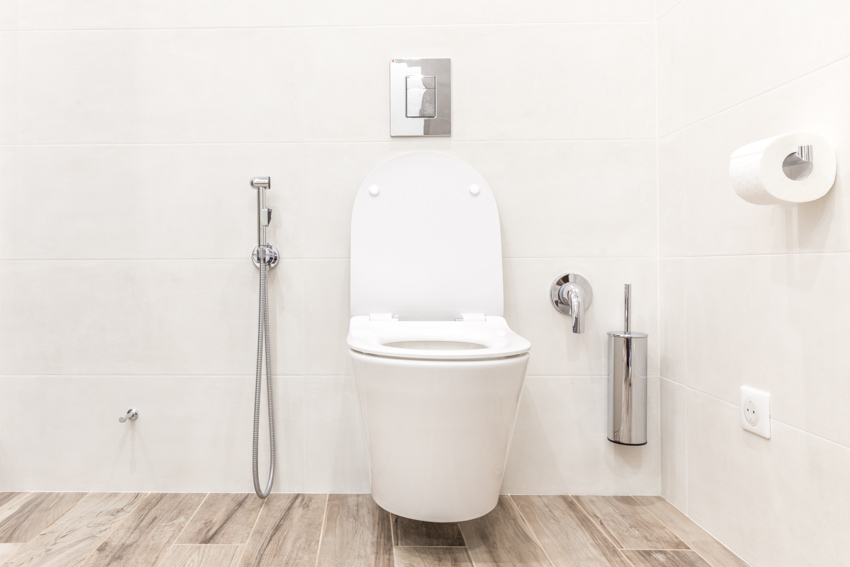
Most homeowners, particularly Asians, claim that cleaning backsides with water are much calmer and gentler than wiping dry paper across it.
The skin is quite tender as well as numerous sensitive nerve cells. For that reason, it needs to be taken care of thoroughly.
There are no other hygienic sanitizing alternatives besides toilet paper. If you are unable to wipe, the next ideal and logical alternative is a bidet.
However, is using a bidet beneficial? Is it a better option than toilet paper? What are its pros and cons? Let us answer these questions in this article.
What Is A Bidet?
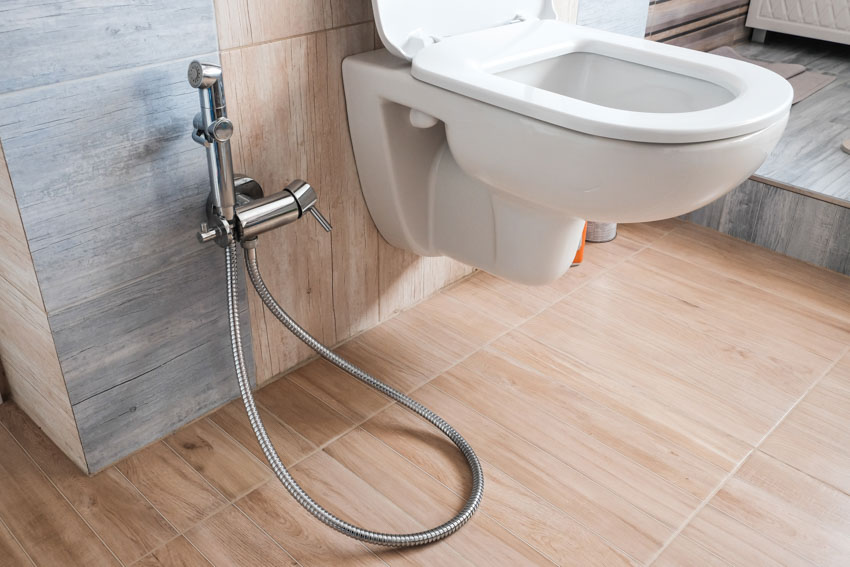
The bidet models nowadays have a plumbed-in water system and a drainage opening, making it a plumbing accessory that must adhere to local hygienic standards.
The bidet is also normally used after bowel movements, urination, as well as before and after couple’s intercourse, to encourage hygiene practices. Aside from that, it could also be utilized to wash your feet.
How Does A Bidet Toilet Work?
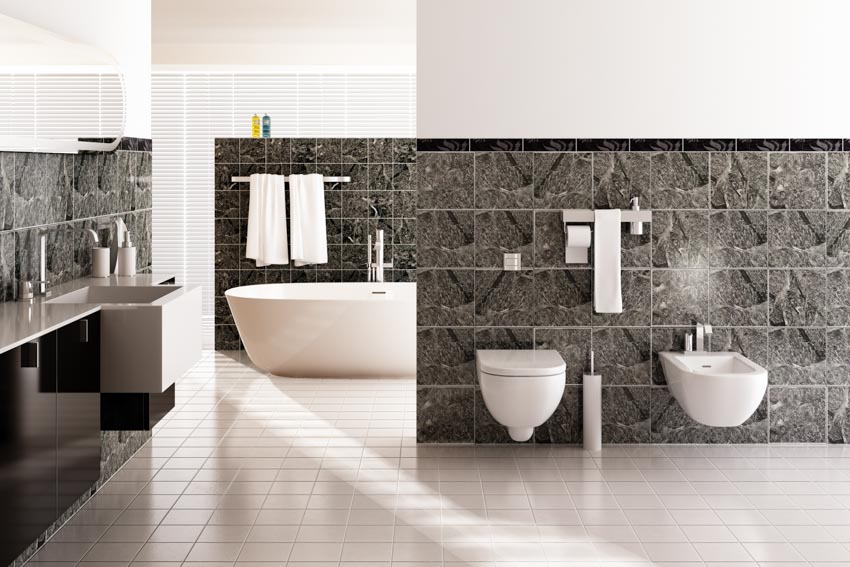
Generally, bidet attachments do not use electricity, and the structure that allows them to spray is very simple: it is energized by the water pressure in your home’s piping systems.
A bidet connection diverts water from the pipes to a nozzle you control. The source of water is the same as the one used by your shower and faucet.
Using this simple operation, a basic bidet connection would get you fresh and tidy, normally with the choice to regulate the pressure with the same button that turns it on and off. This button regulates the flow of water through the valve, broadening the opening to provide more water pressure.
If you want a more enhanced bidet attachment, you can consider temperature-controlled bidet attachments, which let you choose whether you want warm or cold water. The fundamental mechanism of the water spray is the same.
Warm water, on the other hand, comes from your sink’s heated waterline. The same form of t-valve that attaches to your toilet’s water main pipe also connects to your sink, enabling on-demand warm water. The entire system is non-electric as well.
Different Types Of Bidets
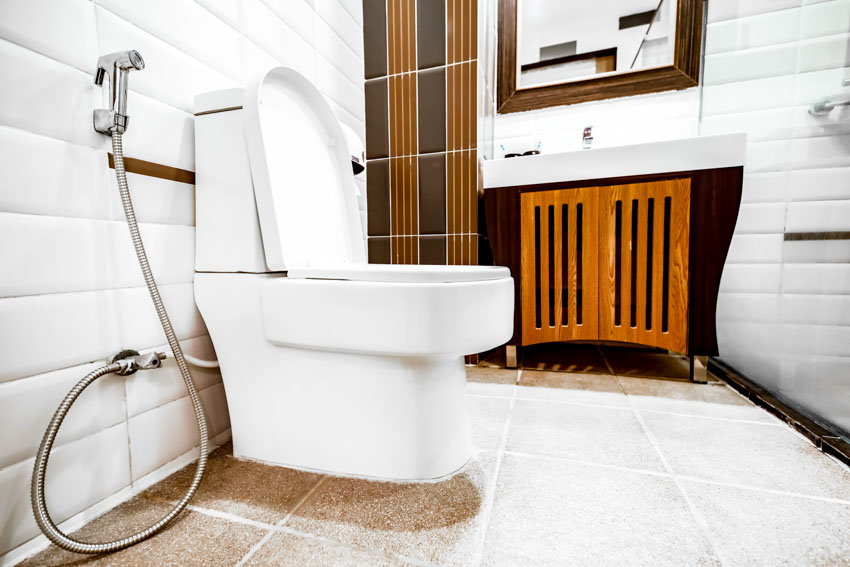
Standalone Bidet
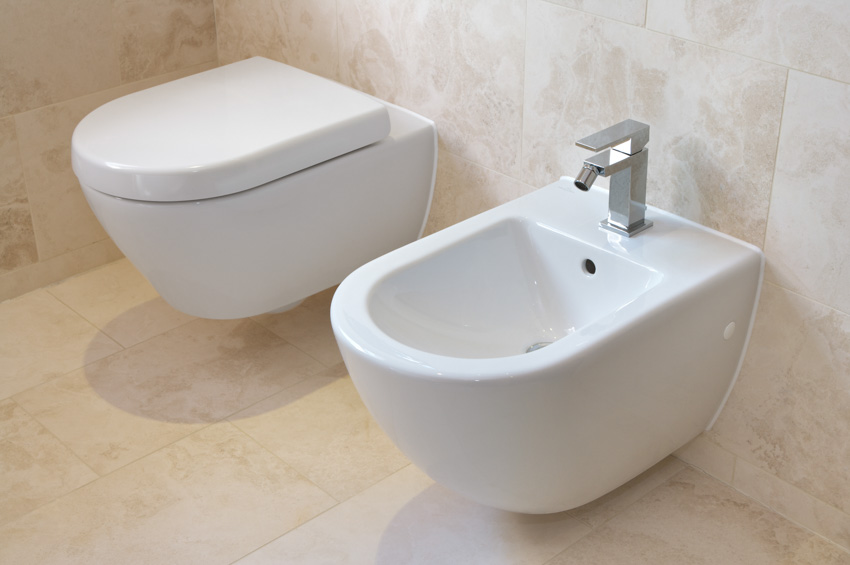
Bidet Shower
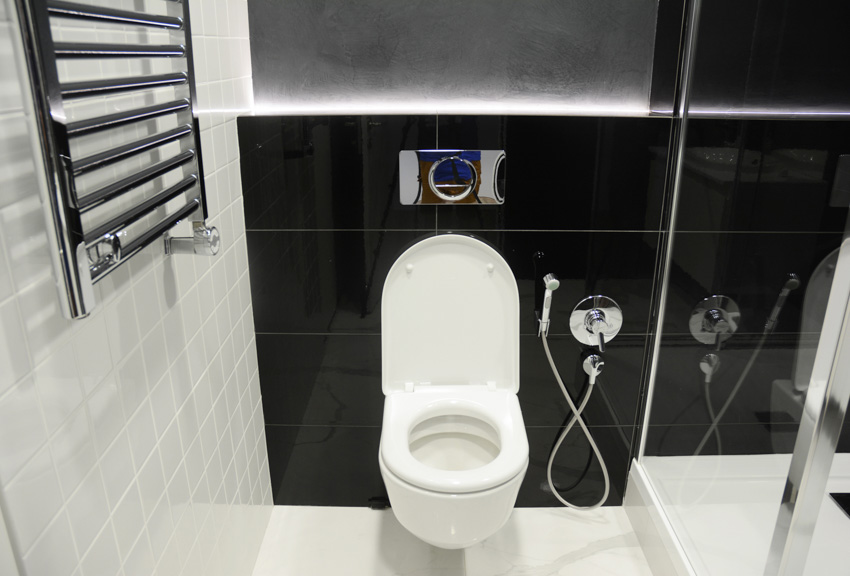
Modern Bidet
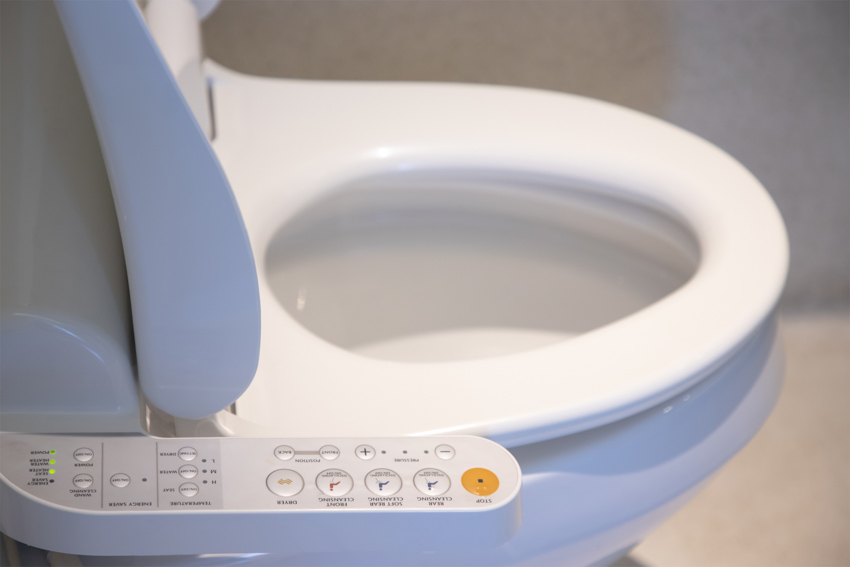
Modern bidets have a multitude of functionalities, such as adjustable water temperature and pressure control mechanisms.
Even though you could purchase a modern bidet that comes with your toilet, there are bidets that you can incorporate as an accessory if your toilet did not have a built-in one.
Pros Of Bidets
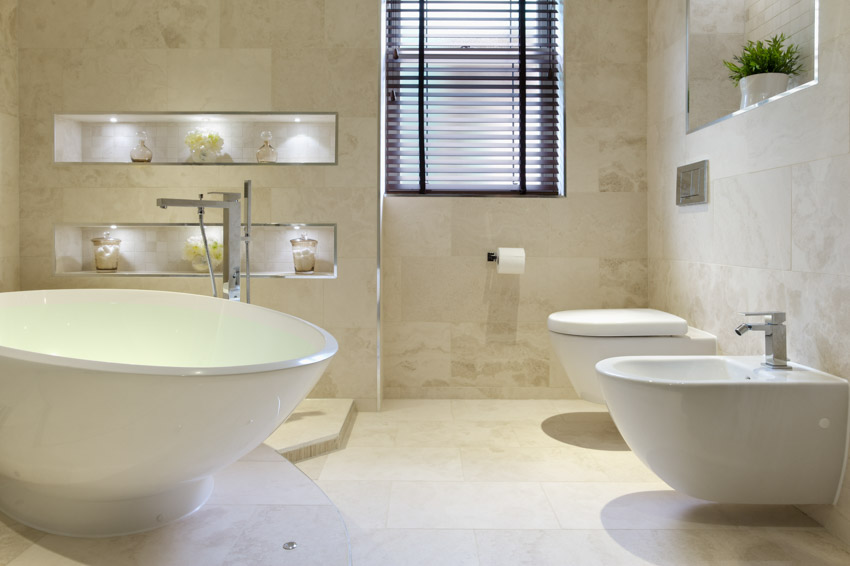
Washing your private parts with water aids in the removal of more germs, preventing you from transmitting bacteria from your hands to your environment and other individuals.
Environment-Friendly: Each toilet paper roll will last approximately 3-4 days for each person. This equates to approximately 384 trees over your entire life. When you multiply that by the total population in the United States, you get a total of 126 billion trees flushed down the toilet.
Bidets drastically cut down the need for toilet paper and depending on the form of bidet you mount, you might not have to do wiping at all, thereby eliminating the necessity for toilet paper entirely. See more types of toilet flush systems here.
There are a Lot of Inexpensive Bidet Models in the Market: If you don’t mind setting aside all of the added benefits of high-end bidets, there are more reasonably priced bidets that will do the job decently.
If all you want is a cool spray of water to clean your backside after using the toilet, a non-electric bidet or hand-held sprayer would be a cost-effective alternative.
Bidet Seats and Washlets are Simple to Install: A washlet or bidet seat would be an ideal buy if you want a bidet that is simple to set up and does not require a different plumbing line. If you are a handyman, you must be able to configure a washlet or bidet seat without the assistance of a plumber.
Nevertheless, even if you hire somebody to help you set up your bidet, it will be much less expensive than a standalone bidet because you will not need to install an independent plumbing line.
Beneficial for Homeowners Who Have Certain Health Issues: A bidet could provide safer cleanliness than toilet paper if you are suffering from certain health issues including hemorrhoids or anal fissures.
A bidet also bypasses the need to turn around to wipe, which can be a total challenge if you have arthritis or other mobility problems.
Cons Of Bidets
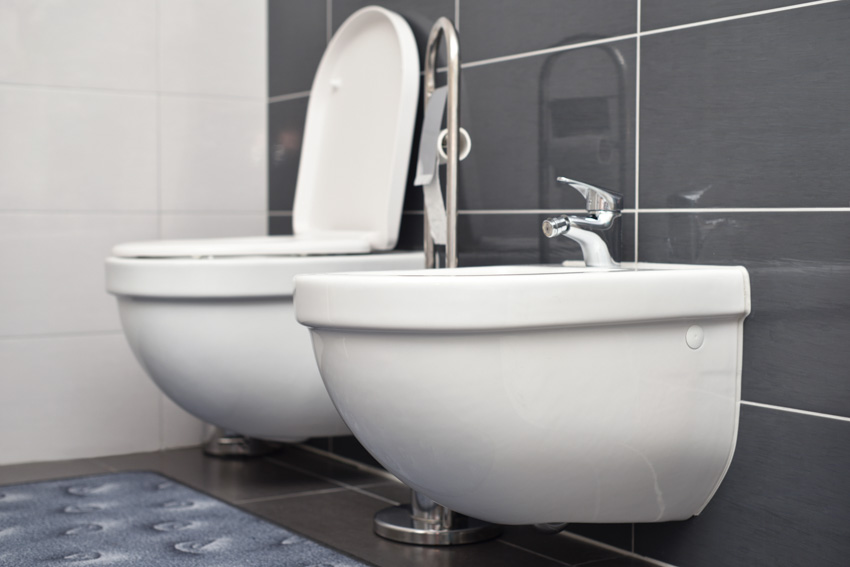
On the other hand, if you intend to configure a bidet in your own home, you will have a good amount of time to discover which configurations you would want, what all the varying buttons do, and so on.
High-End Bidets Are Expensive: If you want a top-of-the-line bidet with all the advanced features, you will have to pay a good deal of money. Production costs for an electric bidet typically start in the mid-hundreds and can range up to a few thousand dollars.
Standalone Bidets May Occupy Large Bathroom Space: Standalone bidets typically necessitate relatively sizable bathroom sizes.
Primarily, you will need to have the same amount of room as if you are going to install a second toilet next to your existing one. Since standalone bidets do not handle waste material as toilets do, you will have to configure a different plumbing line.
Electric Bidets Do Not Operate When Power is Out: Because electric bidets are electrically powered, they will not function if the power goes out. If you live in an area prone to power failures, this is among the bidet pros and cons to take into account.
How Much Does a Bidet Cost?
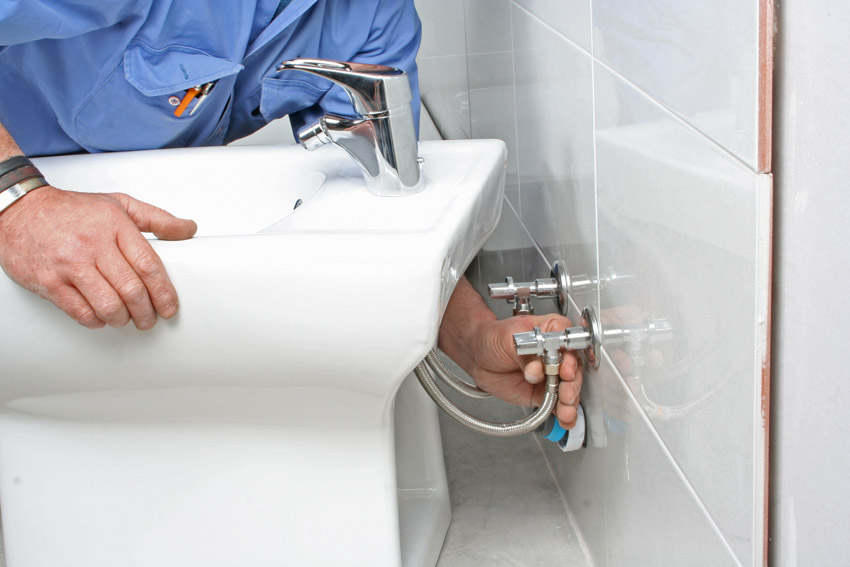
Apart from assessing the different bidet pros and cons, it would also be wise to learn how much it commonly costs. A bidet installation is usually priced between $200 and $240.
Since your bathroom is already connected to sufficient water lines, the labor will not be as time-consuming or expensive as it would be with other plumbing installations.
Standalone units, faucet fixtures, and toilet seats might cost around $200 to $7,000 in total (high-end models.) Washlets (toilet seats) cost around $350 to $1,200. Bidet toilet attachment generally costs around $80 to $120.
Are Bidets Sanitary?
Even with all the bidet pros and cons, this bathroom fixture is, indeed, very sanitary. Using a bidet is actually more hygienic than using standard tissue and toilet paper.
Bidets use pure and sometimes mildly pressurized water to rinse and eliminate any remaining urine or feces – no wiping is necessary.
Are Bidets Safe for Women?
Bidets, fortunately, are not harmful to women – they are generally safe. The wiping rule of thumb — wipe from front to back — applies here as well.
Simply use the front wash function of the bidet to spray water from front to back. This helps to keep anything from the anus from getting into the female genitals, which is what induces infections.
Do Bidets Cause UTI?
It is possible that inappropriate bidet use is a risk factor for UTI, but this has not been scientifically proven. Bidets, in fact, are intended to keep your genitals clean. Hence, it can help prevent UTI at some point.
Bidet types of toilet seats and numerous bidet attachments, on the other hand, feature a front wash function (often referred to as “feminine wash”) that sprays water from front to back, ensuring that nothing will be driven into the genitals.
If your bidet has a drying function, use it, otherwise lightly pat dry with a few pieces of toilet paper to ascertain proper cleanliness.
Can Bidet Be Harmful?
Although there are various bidet pros and cons you should consider, there are some potentially harmful side effects connected with its long-term use too.
The most serious risks of using a bidet are disruption of natural flora and a greater risk of infection, perianal region damage, and burns caused by malfunctioned electric bidet.
Certain bodily and health issues can be caused by improper bidet usage such as washing from back to front and applying too much pressure washer directed to your genitals. Read more about health effects at the National Institute of Medicine report on the subject.
Are Bidets Worth It?
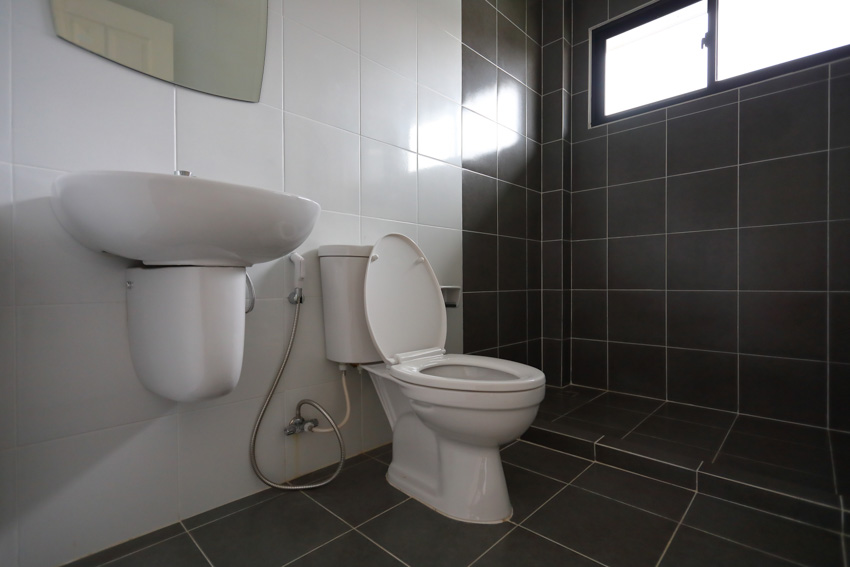
See more related content in our article about the pros and cons of upflush toilets on this page.

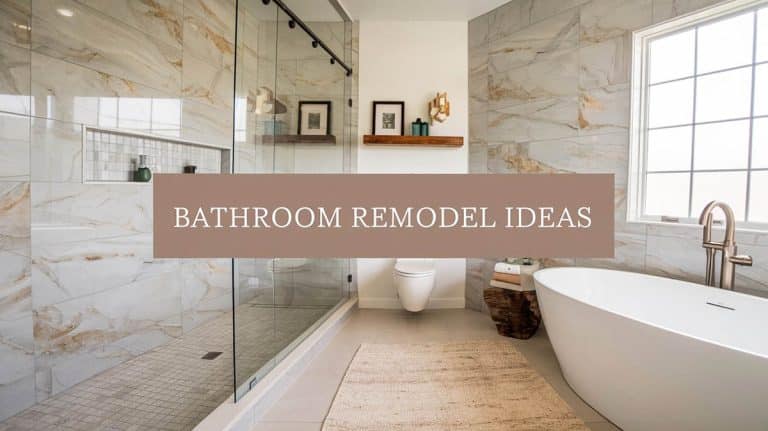
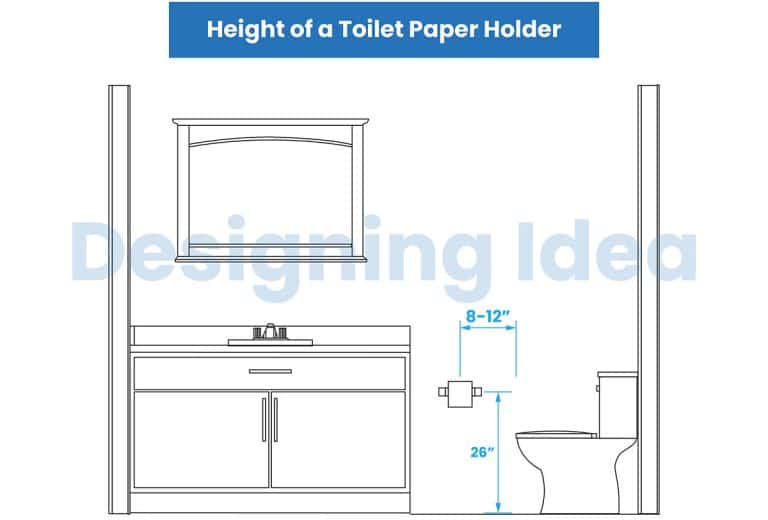
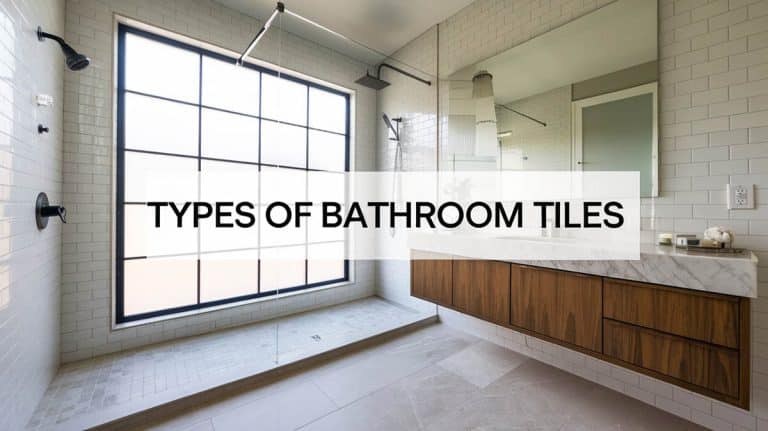
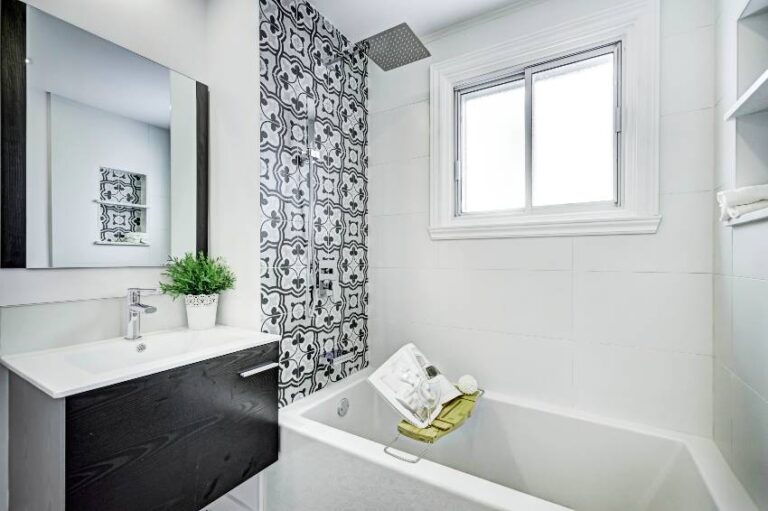
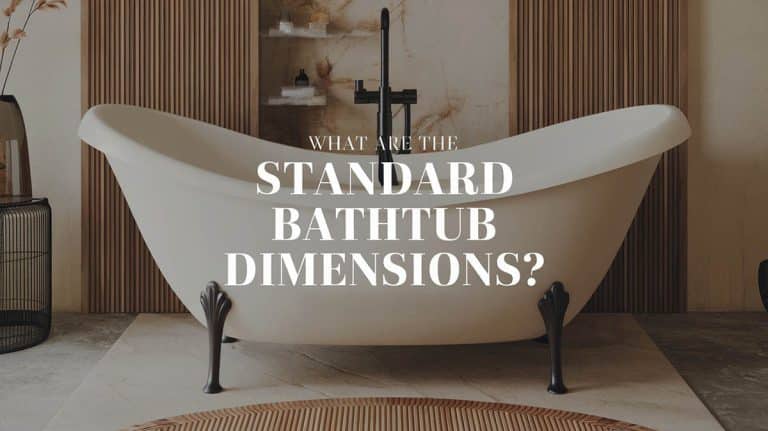
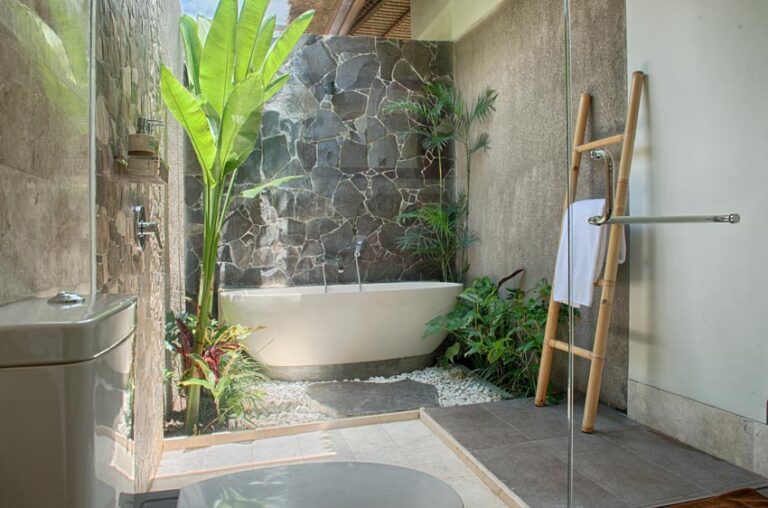
Thank you for this! It is a more comprehensive guide than many, and covers most of the important ideas regarding the decision of whether to get a bidet or now, which was what I was wondering.
(Other details redacted that we’re not intended to be a public comment)
Thank you so much Douglas for your compliment, we really appreciate it!